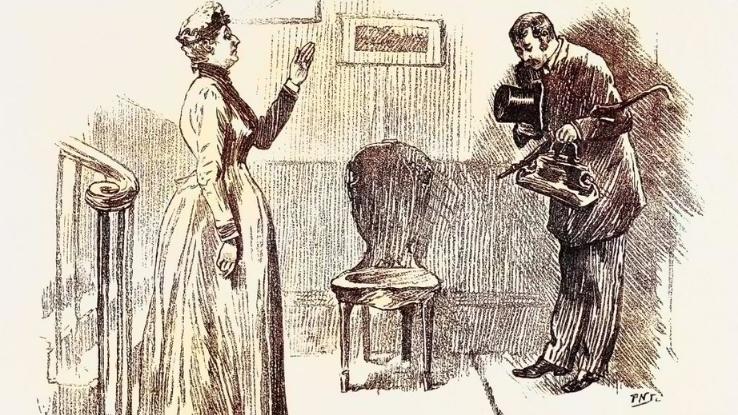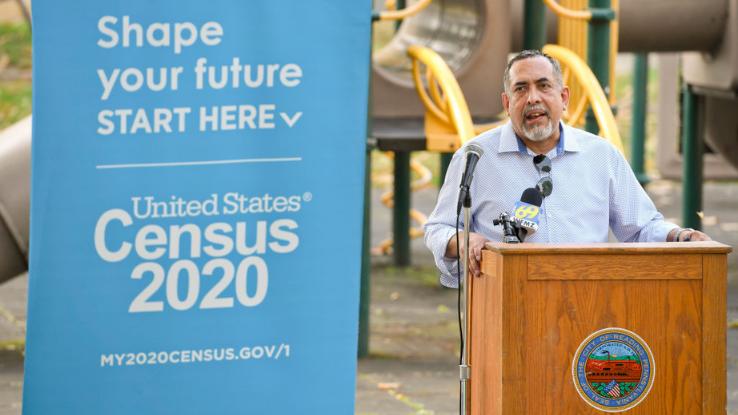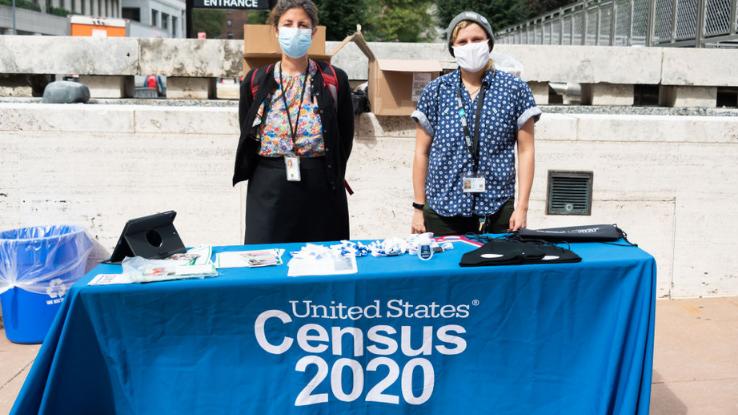How Much Has Changed in America Since the 1880 U.S. Census?

Largely due to the COVID-19 pandemic, 2020 was a year of challenges and hardships for people and places across the globe. Typical daily life was put on pause while the U.S. locked down, and this affected everything from the way people got to work to the way the government ran. One of the many difficulties the U.S. government faced in 2020 was its limited ability to collect census data, which often takes place in person — and is a vital policymaking process.
According to the U.S. Census Bureau, the census exists because it helps the government dictate where the country’s tax dollars go and how much money to distribute to different communities. The U.S. Census:
- Tells us who we are and where we’re going as a nation
- Helps our communities determine where to build everything from schools and supermarkets to homes and hospitals
- Helps the government decide how to distribute funds and assistance to states and localities
- Is used to draw the lines of legislative districts and reapportion the seats each State holds in Congress
The first U.S. census took place in 1790 under former Secretary of State Thomas Jefferson. The U.S. might be a younger country compared to others, but its 25 different census collections that have taken place during the country’s history can tell us a lot about what the U.S. was like at each point when the data were collected. The censuses together tell the long-term story of the U.S. as a whole.
The 1880 census is a peculiar case, not just because it was the first time in U.S. history when women were allowed to help the census process. To understand why, it’s necessary to compare the U.S. census of 1880 to the 2020 census. Below, we’ll show you why the 1880 census was so special and what comparing it to 2020’s census reveals.
Unpacking the 1880 U.S. Census

So, what exactly was going on in 1880? Rutherford B. Hayes was president. That year, American writer Henry James began publishing the classic novel, The Portrait of a Lady, in The Atlantic Monthly. The Civil War had ended 15 years prior to 1880, so the young country was moving forward and finally standing on its own two feet.
The results of the 1880 census show one of the largest growth rates in U.S. history. Data from the 1880 census report that the population exceeded 50 million people for the first time. The 1870 census capped the U.S. population at 38.5 million — about a 30% growth rate. Today, the term “baby boomer” is reserved for someone born a few years after WWII, but the Civil War’s ending caused a baby boom of its own. 1880’s census was the first to report a city’s total population to be more than 1 million people. New York City holds that honor and remains the most populated area in the U.S.
The 1880 census was also the U.S.’s first instance of an Alabama paradox. This is a type of apportionment paradox that can happen after taking census data. Apportionment is the process of distributing legislative seats among geographical areas — allocations that are based on population data from the census. An apportionment paradox occurs when a government’s typical apportionment process produces unexpected (or unintended results). An increased population can mean more seats in the legislature for the country — and mean fewer seats for a certain state. Even if a state’s population increases, a state may not get more seats in the legislature due to this paradox.
The 1880 census was also the first time a U.S. census defined people’s relationships to their heads of household. It also collected birthplace data about individuals and their parents. This can be helpful from a genealogical perspective. A head of household in 1880 might’ve been someone’s uncle, brother, father or employer. Recording that data has helped people today learn about their heritage.
What Does the 2020 Census Show?

The 2020 census reveals that the U.S. is a completely different place today. Its population only increased 7.3% from the prior decade to a total of 331.4 million people. New York remains the most populated city in the U.S.. In 2020, the population of New York City was 8.8 million, a far cry from 1880’s 1 million.
There were no major additions to the formatting of the census like 1880’s, but there was debate about adding a new question regarding citizenship to the census. This led to questions regarding what the government was going to do with those data and whether citizenship would affect government funding in any way. Several states — California, New York and Maryland — were willing to go to court over the citizenship question.
To count the census, enumerators — people who interview the U.S. population to collect their census information — are no longer the forerunners of the data-gathering process. Now, the process is entrusted to the general populace of the U.S. Citizens can mail in forms, fill them out online or complete their census over the phone. This was the first census aside from the year 2000 for which people could phone in or fill out their census online.
The COVID-19 pandemic posed quite an obstacle for the census, but technology definitely helped. The conflict over the citizenship question shows that not only has technology moved forward, but that we’re still in the process of defining what it means to be “American” and how the country should be run. In the grand scope of things, a 200-year-old country is young compared to governments that have been in place for centuries longer than the U.S. has existed.
Why the Census Matters…a Lot

Through 2021 and 2022, congressional districts will be revised using data from the 2020 census. This is one big reason why accurate data matter. Congressional districts affect public school districts and other local funding, and on a larger scale, they affect systems like the Electoral College. Census questions may seem like they’re mostly about basic personal information, but those details eventually impact our communities and country in very big ways.
Political power is an end result of the U.S. census. Since the U.S. has a two-party system, the tides can turn with a drawing of district lines. These boundaries often get drawn to favor one political party over the other. This process is called gerrymandering. This can affect election outcomes, the demographics of a public school and the local ordinances that apply to larger groups of people.
The census is about more than divisions of land. The data it compiles can help the U.S. government make roadmaps for the future, but the picture it paints of the past is just as important. To look to the past and see the homes of relatives or the populations of cities and towns has a different kind of value. Throughout its history, the U.S. has been through wars, periods of prosperity, technological advancements, financial hardships and other noteworthy events. Examining the data offered by the 1880 census and others adds deeper context to U.S. history and helps the country chart where it’s been and where it’s going.





